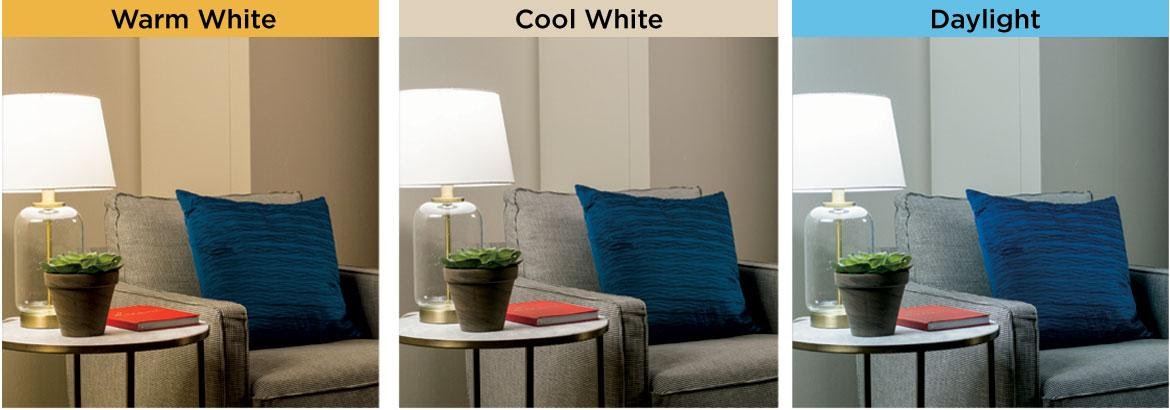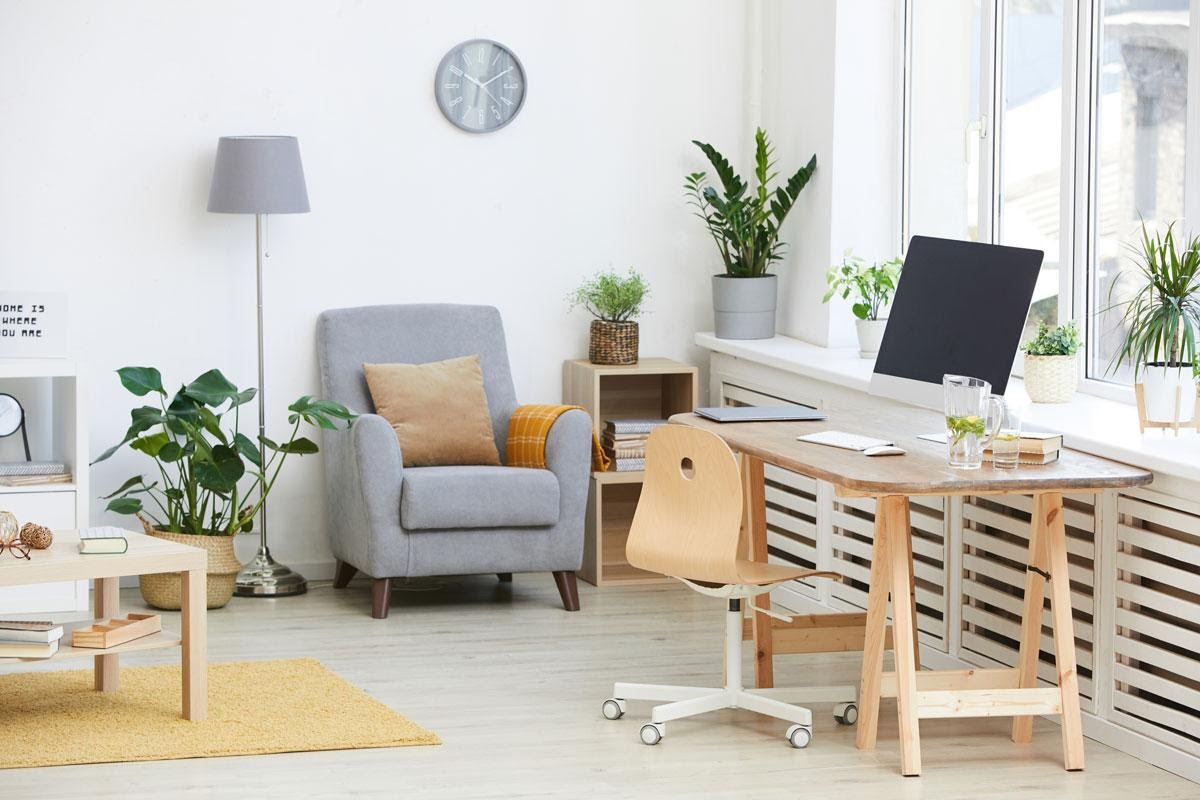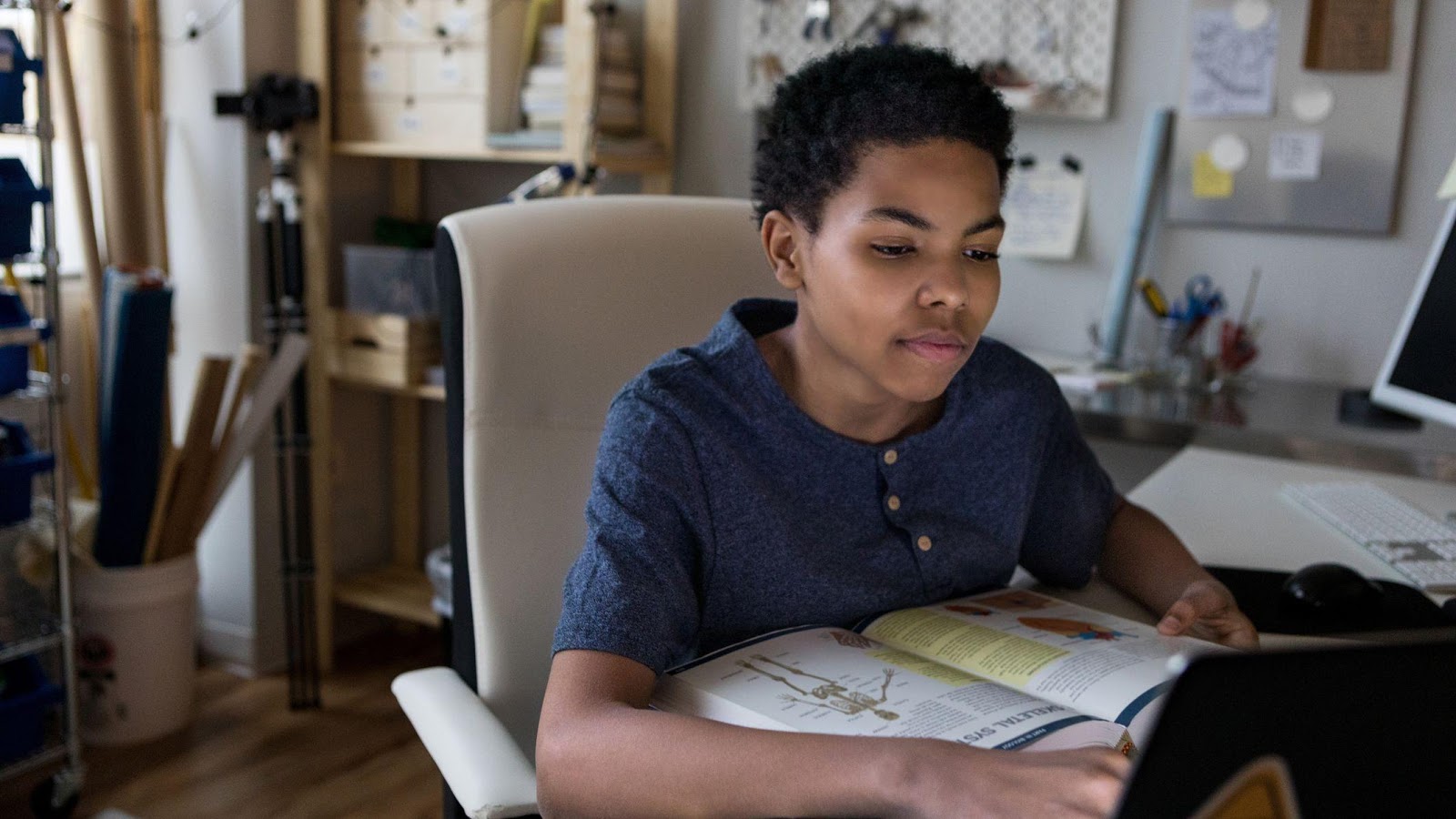While the pandemic abruptly pushed us into online education, many students have been still struggling to set up their learning spaces at home. However, arranging a comfortable place to study is a challenge not only for those who have switched to distance courses and, of course, not only for children. Multiple studies have proved that a learning environment influences the physical and emotional state of different-aged students, which, in turn, has an effect on their engagement and academic achievements. Surely, there are obvious things like finding a separate area for studying and furnishing it with appropriate furniture pieces. But what about little details that can elevate your home learning environment without much hassle? Scroll down to learn about them.
Boost Creativity with Visuals

You might think that keeping your walls naked is the best solution to avoid distraction. But don’t you find such a space dull and depressing? Think of traditional classrooms with many visuals embraced like maps, charts, kids’ drawings, and posters. Make a poster using poster templates depicting something that inspires you to give your mind a bit of relaxation and some food for reflection. You can move even further and decorate your table with repositionable stickers to add a personal touch to your learning space and create a certain mood, for example, to keep you motivated.
See Things in a Different Light
Literally! Several studies proved that well-lit learning spaces enhance students’ performance and prevent cognitive decline both in school buildings and homes. The researchers believe that bright daytime light keeps our brains functioning like clockwork, so make sure to get most of the sunlight available at your place. However, it might not be the best idea to move your table directly against a window if there is a chance you will be peering out all the time. In this case, it would be smart to think of semitransparent curtains if you still have none.
Be Smart About Lighting

On the other hand, your room may have insufficient ambient illumination, and you will surely need some lamplight after dark. Moreover, you will need a table lamp to focus the light on the workplace and a ceiling light to illuminate the whole learning area. In the perfect world, you should be using blue LEDs or full-spectrum fluorescent lights during the day since both of them have enough blue light to mimic natural illumination and keep you alert. When darkness falls, it is better to switch to longer-wavelength bulbs to avoid the light interfering with sleep at night.
Add a Piece of Nature

Do you know that students who have lush green views from their windows perform better than those who lack nature connectedness? Yes, this is confirmed by scientific research. Even more, green spaces are proven to have a therapeutic effect on students suffering from attention deficit hyperactivity disorder (and there are over 6 million of them in the USA only). It seems like nature views help our minds to better relax during pauses in learning and to better concentrate on tasks afterward. So, if you are not the lucky one to have your windows overseeing a park, get your learning space filled with indoor plants.
Employ a Timewise Approach
We bet you will find many recommendations to have some kind of clock at hand to keep track of time. Surprisingly, clocks and watches can be destructive items, as they can equally encourage a person to continue studying for another hour or remind him or her about a favorite show starting in just 15 minutes. So, you do need a time-displaying device in your learning area, but let it have an adjustable timer to set time-related goals. It would notify you each time when you should move on to the next task so that you could assess your performance and introduce proper adjustments to your learning routine. However, don’t forget to allocate some time for a break, using the timer to ensure that you are not going too far in your relaxation.
Connect to Music
Well, we don’t mean to a rock concert, of course. But in the real world, it’s quite tricky to prevent any noise from penetrating your learning space, especially if you are not alone in your home. Besides, some people feel uneasy in deathly silence, so it might be more comfortable for them to put music on. Quiet classical or instrumental music is just the thing to shut off more distracting sounds while boosting imagination and stimulating brain activity. Experiment with music genres to spot what works best for you, but don’t replace a music player with TV, radio, or a computer game.
Bottomline
There is always some space for improvement, and now you can try and upgrade your home learning environment based on scientific facts rather than misbeliefs. But factor in your personality and specific living conditions to get the best result possible.
